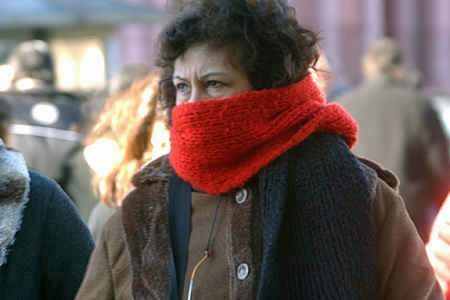Examples of Genetic Mutations
Miscellanea / / January 31, 2022
A genetic mutation or genetic alteration It is a specific change in the nucleotide sequence of the DNA of a living being, product of a copying error of the genetic material during cell division, or due to the effect of external agents such as viral infections, exposure to ionizing radiation or determined chemical substances (called mutagens).
Genetic mutations are a daily part of life, and the vast majority have no perceptible effects on daily life. However, they can also play a vital role in the appearance of congenital diseases, when their effects are harmful in some way to health; or they can be a key factor in the evolution and origin of new species, when they give individuals an adaptive improvement capable of being transmitted to offspring. In short, mutations are common biological events, but they can become very important.
The importance of mutations depends, first of all, on where they occur within the genetic chain of DNA. The latter must be understood as a set of instructions to produce a given living being. Therefore, if the mutation occurs outside the active principles of a
protein specific, may have little or no effect; while if it appears in its central places it can drastically alter behavior and bring severe consequences.Similarly, mutations may or may not be inherited. Those that take place in an individual and without being reflected in its sexual cells will be just a minor event in the history of the species. On the other hand, if the mutation occurs in the sexual or reproductive cells, it will generate a new individual whose genome has as mutation itself and, therefore, will transmit it, in turn, to its offspring, introducing changes in the genome of the species.
Mutations can occur at three different levels of DNA:
Examples of genetic mutations
Some common examples of genetic mutations are:
- trisomy of chromosome 21. This mutation, which causes Down Syndrome, consists of the appearance of an extra copy of chromosome 21 in the genetic code. This causes significant changes in the embryonic development of the fetus and produces individuals with mild to moderate mental retardation, as well as with very specific and recognizable physical features, such as a flattened face, a short neck, a protruding tongue, and a single crease in the palm of the hand.
- carcinogenic mutations. Cancer is a deadly disease that occurs when a set of cells begins to multiply uncontrollably, invading and rendering organs and vital spaces useless. This is the product of the appearance of certain specific mutations in the cell, which result in a cancer cell. Normally the body knows how to get rid of this type of harmful cells, but when the mutations produced in a certain key range, cancer cells can pass for “healthy” for the organism.
- Marfan's syndrome. This genetic disease, which affects one in 5,000 people, is due to a mutation in the FBN1 gene linked to the formation of the protein fibrillin-1, necessary for the elaboration of the connective tissue of the Body. As a result, individuals with Marfan syndrome have a very tall and long body, abnormally large hands and feet, and excessively flexible joints. Along with this, they have heart problems and scoliosis.
- Congenital insensitivity to pain. It is a rare genetic condition that afflicts one in 125 million people, and which consists of a mutation in the NTRK1 gene, responsible for producing proteins in the nervous system. As a result, individuals have a loss of the ability to feel pain, to perceive temperatures and the sense of touch. Along with this are numerous bone and neurological problems, such as osteomyelitis and bone deformities, which often require amputations.
- chronic lymphocytic leukemia. This disease, understood as a type of blood cancer, is due to the deletion (erasure) of part of the information on chromosome 13, as well as the involvement of chromosomes 11 and 17. This disease can exist silently throughout life and usually manifests itself in the elderly. advanced, causing fatigue, swollen lymph nodes and capillary fragility, but luckily it has treatment.
References:
- "Genetic mutation" in Wikipedia.
- "mutation" in National Human Genome Research Institute.
- "Types of mutations" in Metabolic guide of the San Juan de Dios Hospital in Barcelona (Spain).
- “Genetic Mutations (Genetic Changes)” on Nemours Kids Health (U.S).
Follow with:



